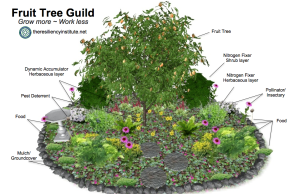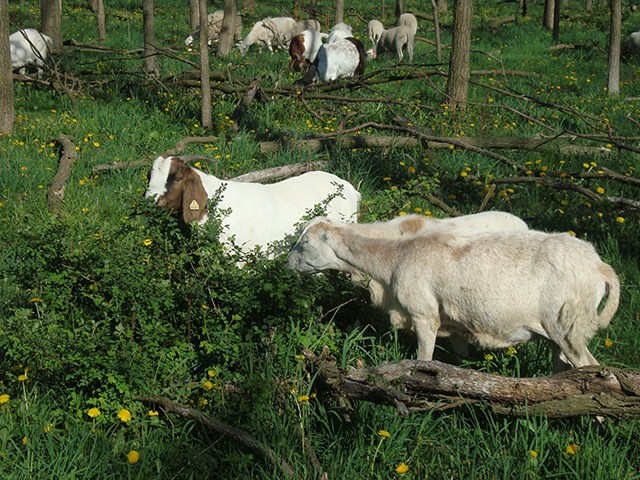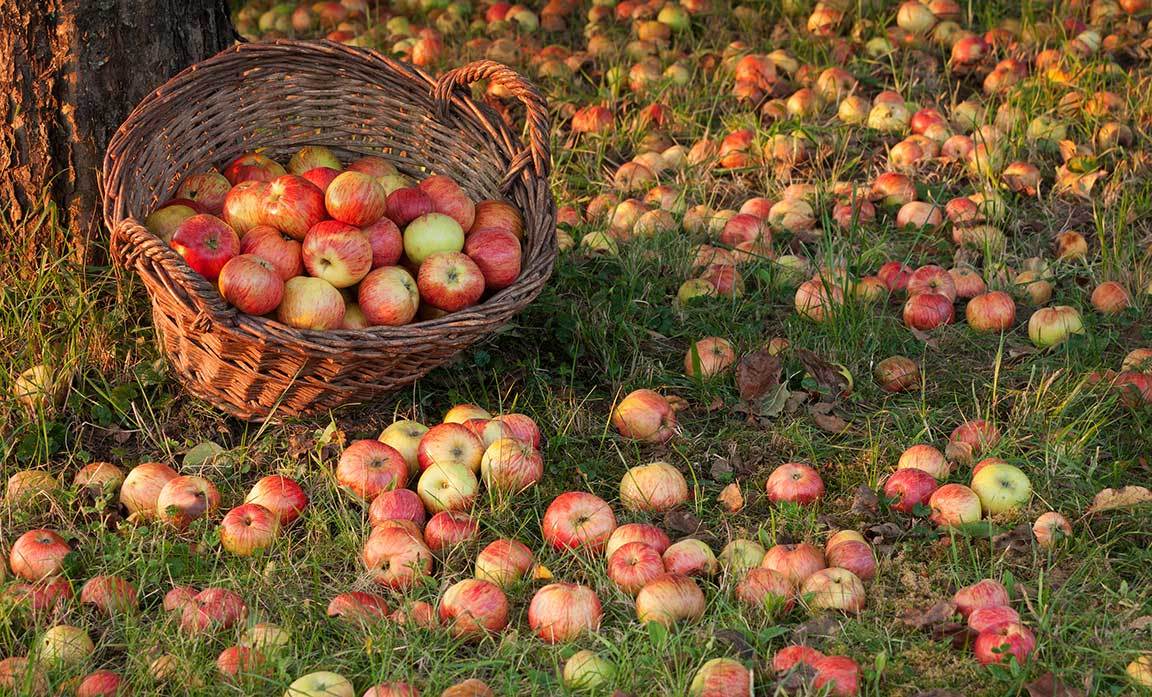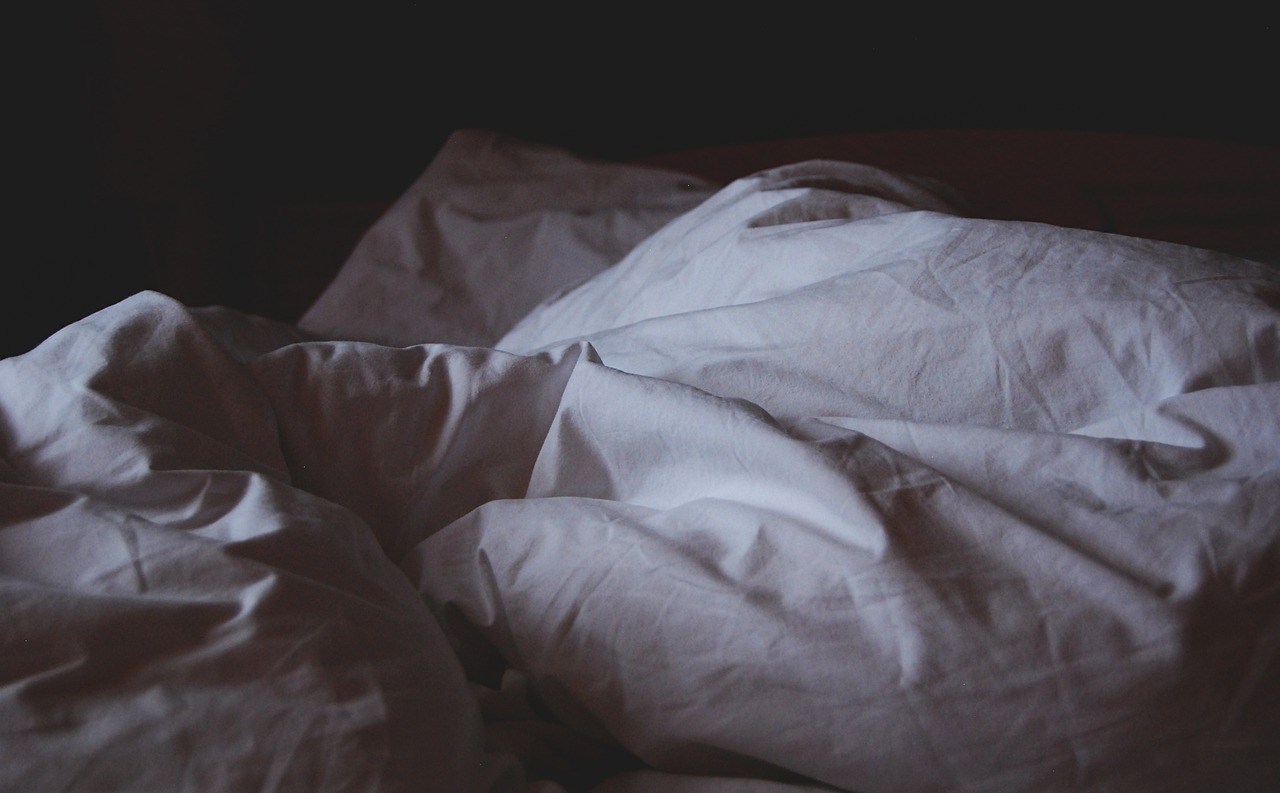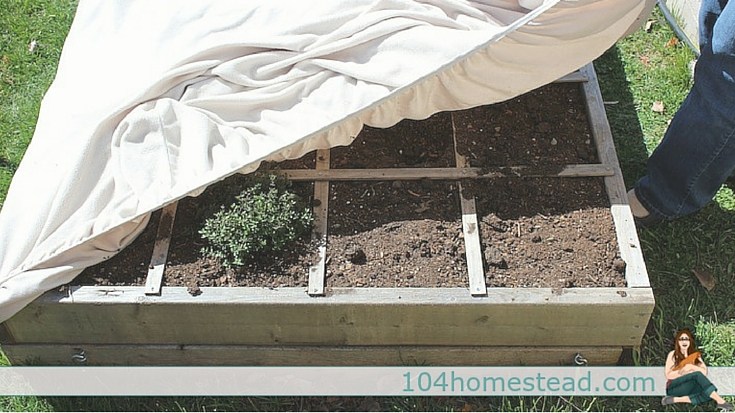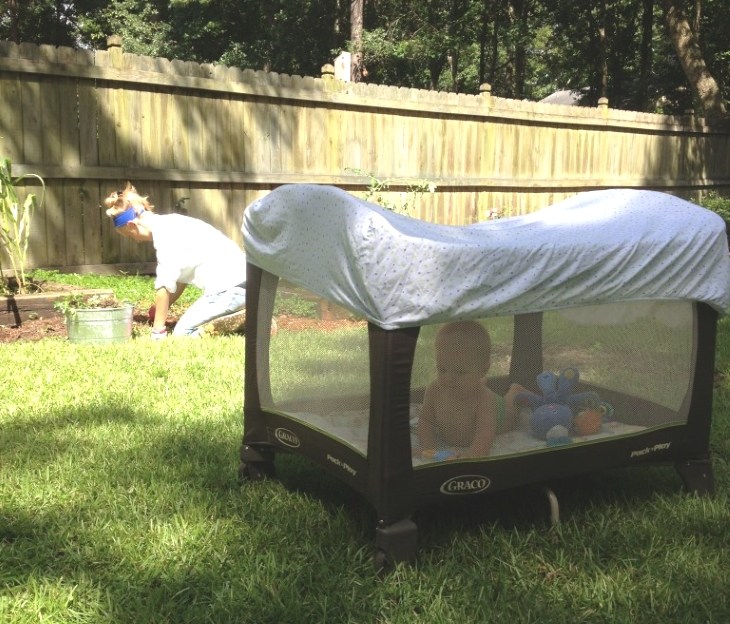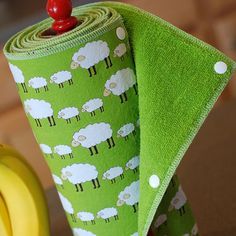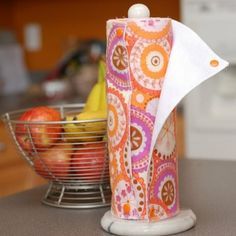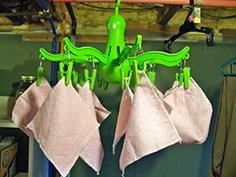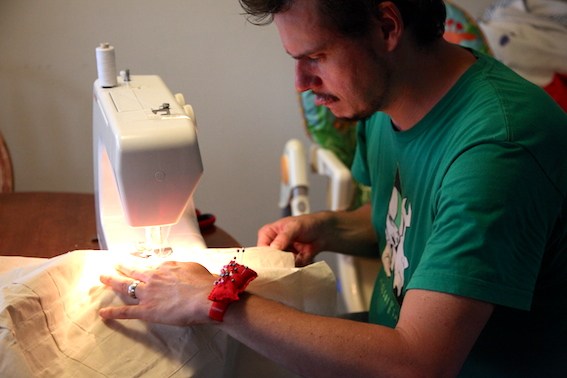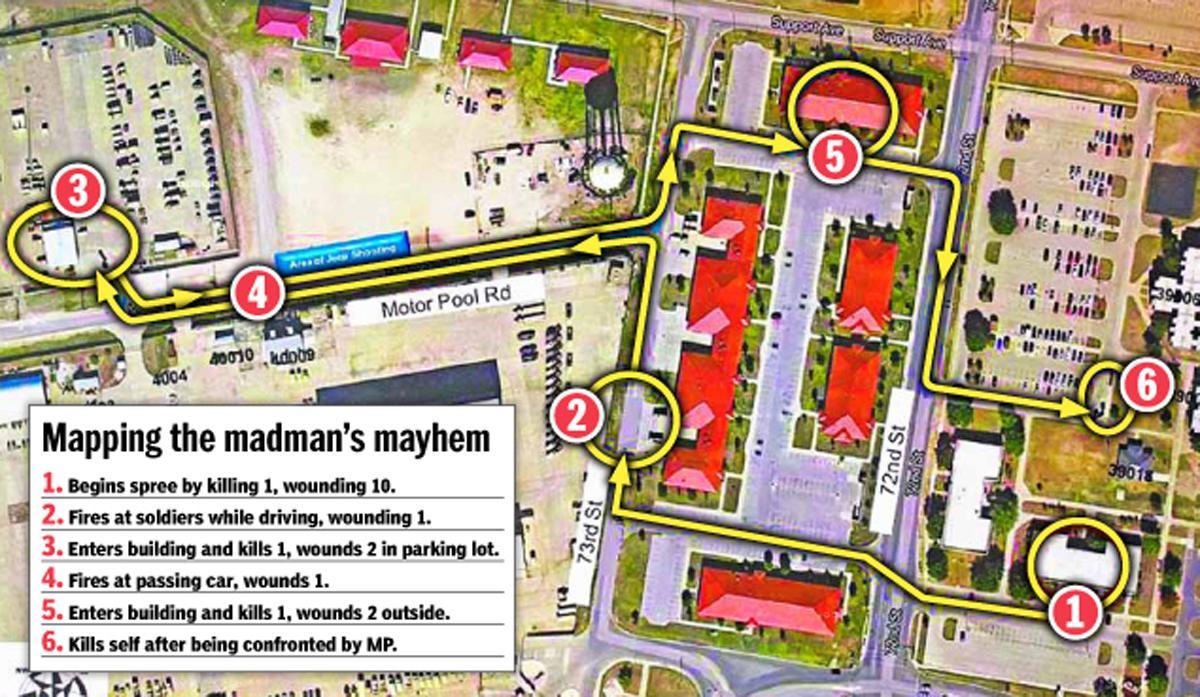Stacking Functions: Increasing Yields & Decreasing Labor with Multi-Function Elements
You don’t have to buy into any woo-woo-ology or being “green” to reap the benefits of some of the concepts to come out of environmentally friendly growing methods and lifestyles. In fact, some once would have just been considered common sense. Stacking functions is one of those. Stacking functions is a quick term for the concept of planning things (elements) and areas (space) to perform the most services for us. It’s reusing things as many times as possible to get the most out of our inputs. In permaculture, we really like multi-purpose items (stacked functions) because they increase our efficient use of a space, decrease our labor, and make it easier to gain resiliency by having multiple items that perform each function. I’ll take this in two parts so I can be wordy. We’ll start with what stacking functions is and multi-function elements. Next time we’ll look at multi-function spaces.
Types of Stacking
When we talk about stacking functions we generally mean two things: a multi-function element or a multi-function space.
Within spacial stacking, we have things like silvopasture (livestock grazing on pasture beneath and in the alleys of trees, which can be for timber, firewood, fodder/forage leaves and branches, or a fruit or nut yield for humans or livestock). We also have things like companion planting, combined coop-greenhouse or greenhouse-home designs, total-system hutch-coop systems – anything with a great deal going on in one space.
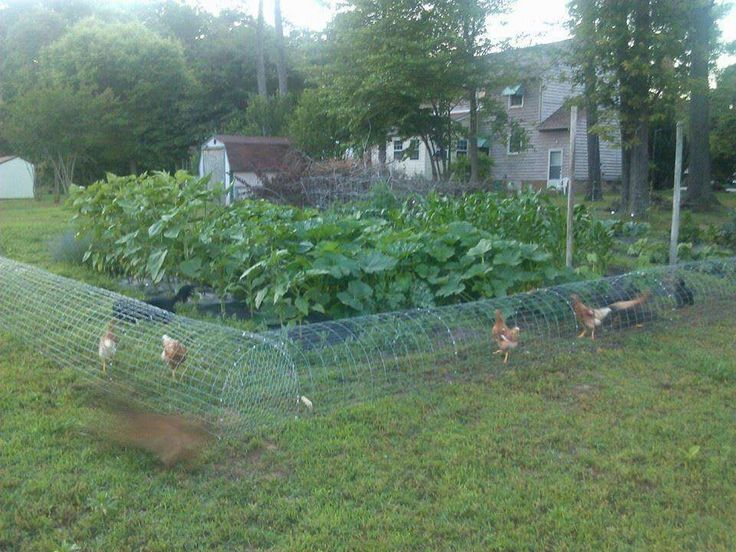
Two types of stacking function include spacial stacking or multi-function spaces, like silvopasture to increase yield or a chicken moat to protect gardens and increase efficiency, and multi-function elements – each individual inside a system, like a particular plant or animal.
Multi-function elements are the individual things inside our systems that are capable of performing more than one job – an apple or locust tree, the fire from our thermal-mass heater and rocket stove, our coop with its roof and the way we arrange our bird fencing.
How we combine and site our various elements adds or detracts from their ability to maximize the efficiency of their multi-functionality. Creating redundant spaces and incorporating redundant-functioning elements increases diversity, which adds to the resilience and thus the stability of our systems and homestead.
Multi-Function Element – Pigs
Pigs have the ability to do more than turn my creek into a muddy wallow and turn broccoli into bacon. Joel Salatin reinvented the market for pigs.
I can also tweak his methods and make it just one stage. I can let them clear land (and run off predators) ahead of chickens. Chickens further till land, spread the pig manure, consume things they missed, and make my scrub woods a field ready for replanting a little bit faster. If I have relatively savvy chickens, I can arrange my pigs as a buffer between the poultry run or rabbit hutches and nearby woods or fields. Throw 3-5 pigs in a space, and even stupid domestic dogs will rethink crossing that lot to play with the fun feathered things. I’ve seen a coyote destroyed by a handful of five-month porkers, and it’s just not pretty.
I can also use them to create a no-rodent/canine/cat zone on the non-dog side of garden beds. Foraging pigs are pretty smart. Run a loose line at the top of a fence or between trees where the pigs’ hot line is, hang some bells or cans from the line, and slap it periodically as you toss in a squirrel tail and barely-keeper fish, entrails, bug-eaten produce, gophers, scraps – anything extra, they don’t care. Pavlov’s got nothing on pigs that discover goodies at the sound of a bell.
Happily, wild critters are pretty smart, too. I’ve seen raccoons change their mind when they hit the top line with a bell on it and hear those “feed me” squeals. On the other hand, I’ve also accidentally bumped an alarm line while already flailing for balance on loose leaves, which led to one of the scariest moments of my life. Pigs: double-edged swords.
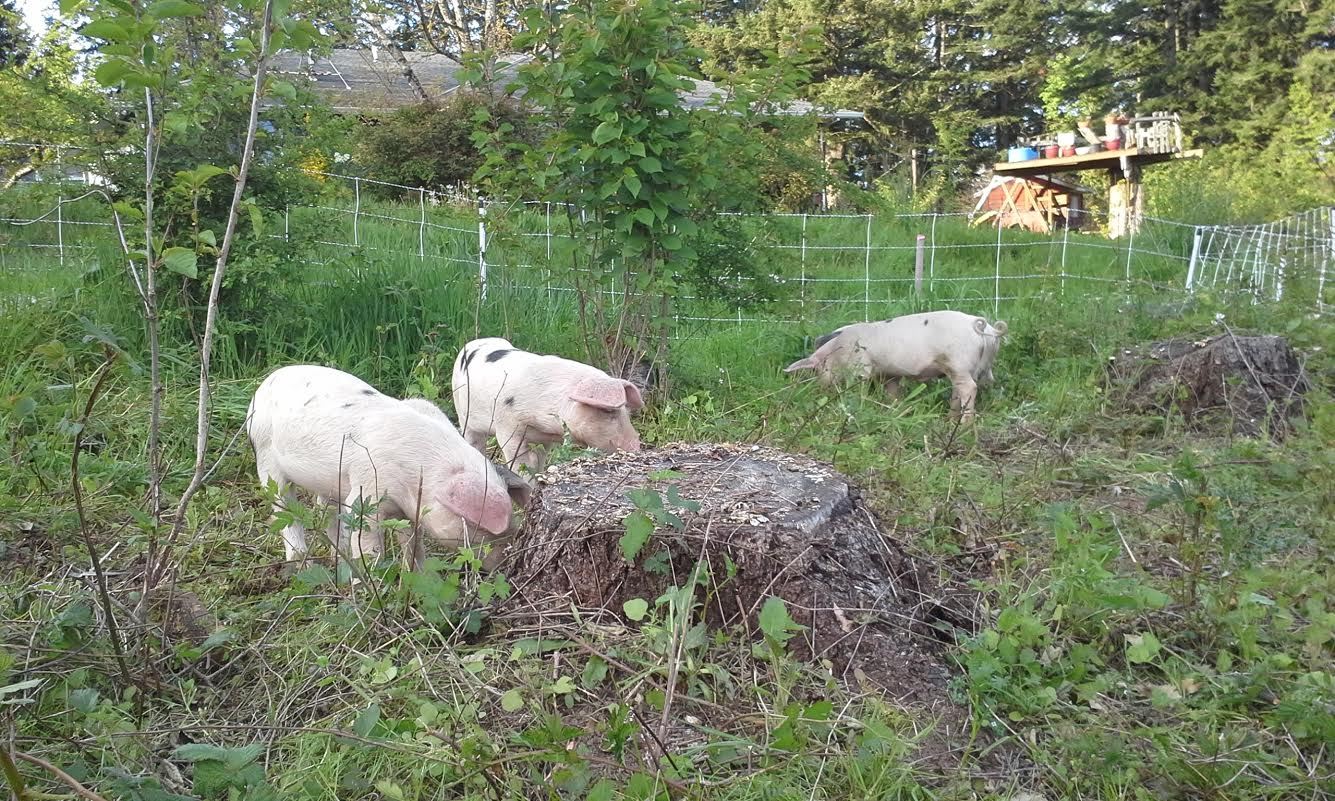
Pigs would be one element in a system – any system. They’re
- one of several food elements (garden, poultry x1-6, goats/sheep, rabbits),
- one of potentially three brush removers (sheep, goats),
- one of potentially two tillers (chickens),
- one of potentially four garden/crop clean-up critters (chickens, goats, sheep)
- one of potentially six alarm systems (guineas, dogs, chickens, geese, donkeys), and
- one of potentially five guardian or protection systems for smaller livestock and gardens (dogs, large aggressive geese, donkeys, Winnie the Winchester or Kimmie the K98)
- one of several manure contributors (any non-dog, non-cat)
- one of several manure/compost spreaders for fields and garden areas (chickens, geese & ducks to lesser degree)
They potentially serve seven functions for me. Their characteristics mean that I need to haul them water and spend enough time dealing with them that I can safely enter the pen for the keepers and handle the raise-out(s), or I can spend more time and stick them in harnesses on leashes to forage other areas or just be more amenable to humans.
If we ran the same analysis of ducks, we could see the same type of multi-function creature that provides:
- Bug removal/pest reduction (direct garden patrol when nothing is overly small; there’s less waddle-waddle, smack-smack compaction with mulch)
- Parasite reduction (ticks)
- Eggs
- Meat
- Manure
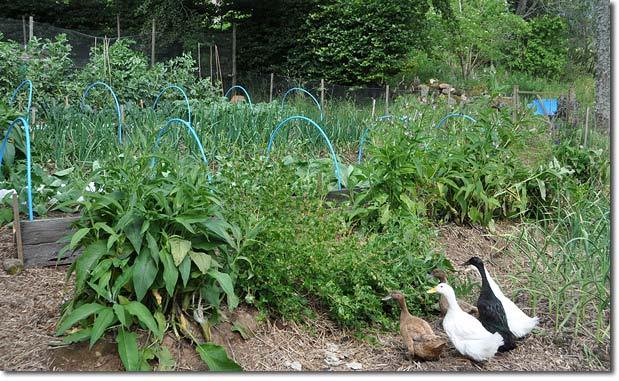
Different animals provide fewer and more services. They all come with pro’s and con’s like size, noise, feed needs, water needs, human care, weather resistance, protection, and their ability to interact with other elements. Our needs, capabilities, and desires affect what might fit on our space and in our lives.
Ideally we also seek out the animals that let us cover each of our systems’ needs in multiple ways – redundancy to build resiliency, using stacked-function elements that each perform multiple services. It creates a complex web, but when we have complex webs, we’re nearly immune to losing a strand or two. It just doesn’t hurt us the way losing a link in a single chain would cripple our production and self-sufficiency.
Multi-Function Element – Tree
Another individual element would be a tree – super simple. We can take a produce tree like an apple or a “resource” tree like locust. Locust wouldn’t be my pick for being right next to a house, but if I had rabbits in a small lot, I might go for it.
Apples provide:
- Fruit for fresh eating, preservation, cider (and regularly, easy-storing fruit)
- Fruit for pectin (potentially)
- Fruit for livestock feed (potentially – too rich for some)
- Limbs & leaves for green feed (rabbits limited, goats, sheep, chickens)
- Limb tips & leaves for tree hay (rabbits, goats, sheep, limited chickens & cattle)
- Limb tips, fruit cores, & leaves for silage
- Pruned branches for garden supports, chipping into mulch (don’t mulch berries with Rosaceae leaves), smoker chips, kindling & rocket stove fuel
- Mid- to late-spring pollinator fodder
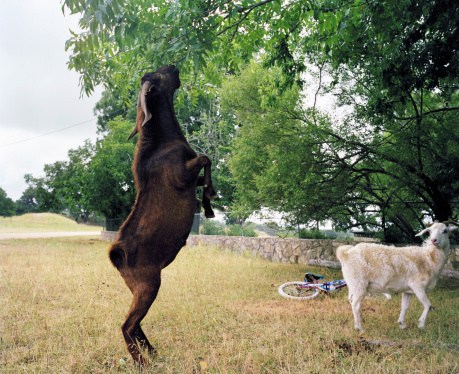
Two goats under tree, one on hind legs nibbling leaves
The locust provides:
- Nitrogen for nearby plants (leaves, roots)
- Limbs & leaves for green feed (rabbits limited, goats, sheep, chickens)
- Limb tips & leaves for tree hay (rabbits, goats, sheep, limited chickens & cattle)
- Limb tips, fruit cores, & leaves for silage
- Limb tips & leaves for leaf mold (fertilizer & mulch) or shredded leaves for worm bins & compost
- Pods for fodder (honey locust)
- Branches for fencing & tool handles
- Firewood & kindling
- Pruned branches for garden supports, chipping into mulch, kindling & rocket stove fuel
- Early- to late-spring pollinator fodder (neck-and-neck with sage for the best honey)
Both trees also have the potential to be shading a greenhouse, workshop, or home against summer’s blasts, or shading livestock coops or hutches, sheds, tractors, tie-outs, or pasture. They could also very easily shade a hammock or patio set, creating an outdoor living area, or make up part of the wall and “roof” of an outdoor cooking area.
Everything that goes for the apple also goes for most fruit trees and some nut trees. There are other livestock fodder/forage trees and things like aspen and maple that provide some to many of the same functions and services as the locust.
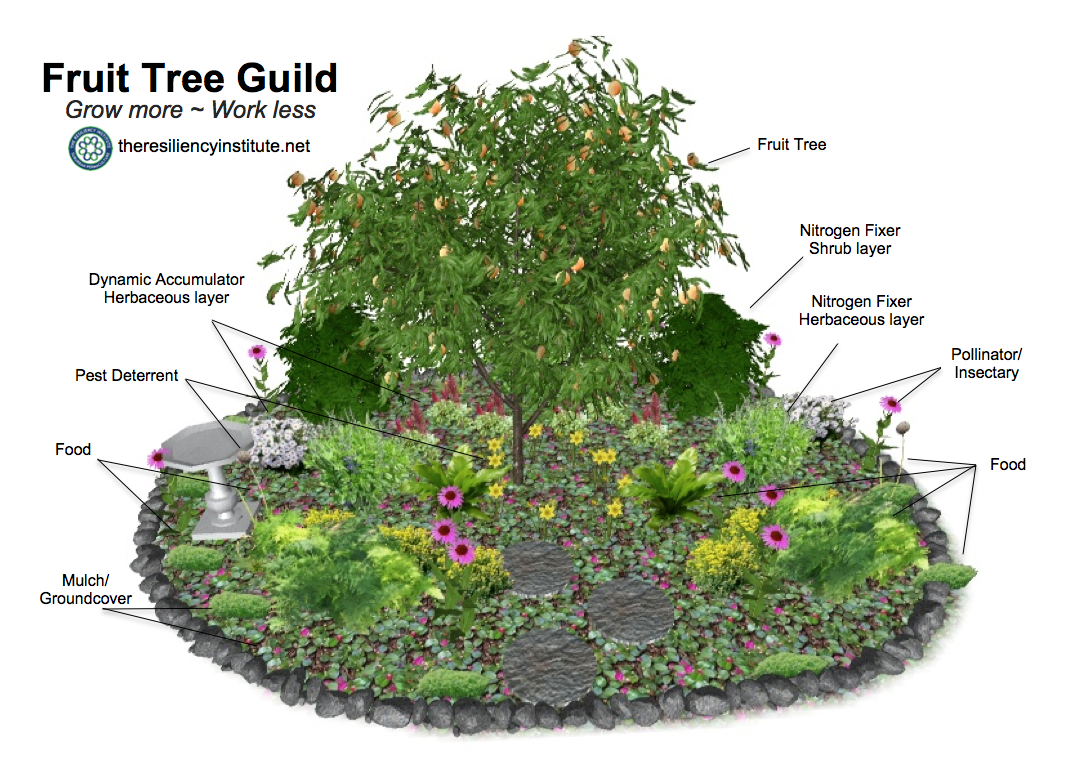
When worked into a guild with other plants (basically: companion planting on steroids), the apple and locust become part of a multi-function space, with some of the functions overlapping to create the same redundancy and resilience discussed with the livestock. It’s possible even in a small space by coppicing that locust (or replacing it with another, smaller N-fixing tree, or using N-fixing shrubs instead) and selecting dwarf and semi-dwarf trees.
Single-Element Replacements
Although we can get even more out of a space by combining multiple multi-function elements that work together or have similar needs, there are times when a simple solution still does wonders for us.
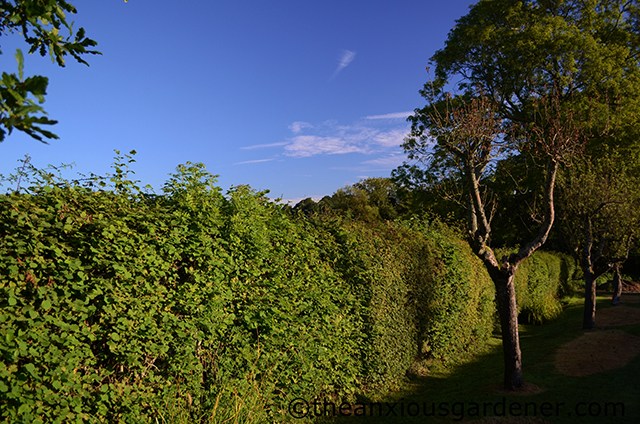
Thorny and dense shrubs can harden fences against livestock and intruders, create chokepoints, and serve as windbreaks while also providing a food or resource.
For example, fences and windows. It’s pretty common to have a foundation plant around homes, and living fences or using fences as trellises isn’t uncommon. It’s a pretty well-known trick to use a particularly uncomfortable shrub or bramble to create choke-points around property, make fences a little “harder”, and make it a little less likely that somebody just hops up and through our widow without us knowing. Defensive properties are one function. I totally accept aesthetic landscaping as a function.
We can boost those functions by selecting roses that produce copious hips, thorny shrubs like goji and some of the nostalgia berries, and bramble fruit like raspberry. In the case of raspberry, I not only get either a medicinal or a fruit, I get both. With a lot of them, I can also select harvest tips to use as fodder supplements for rabbits and goats. Raspberry and blackberry canes add a lot of flavor as a smoker wood.
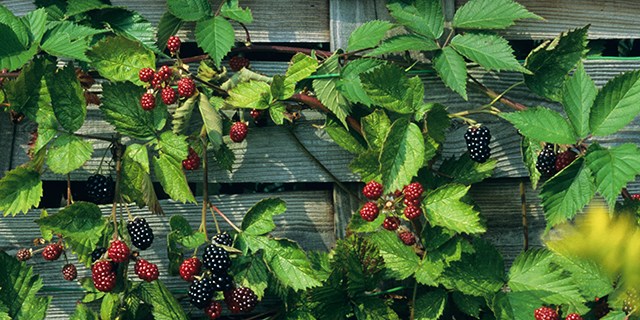
Rubus – Blackberry ‘Loch Ness’
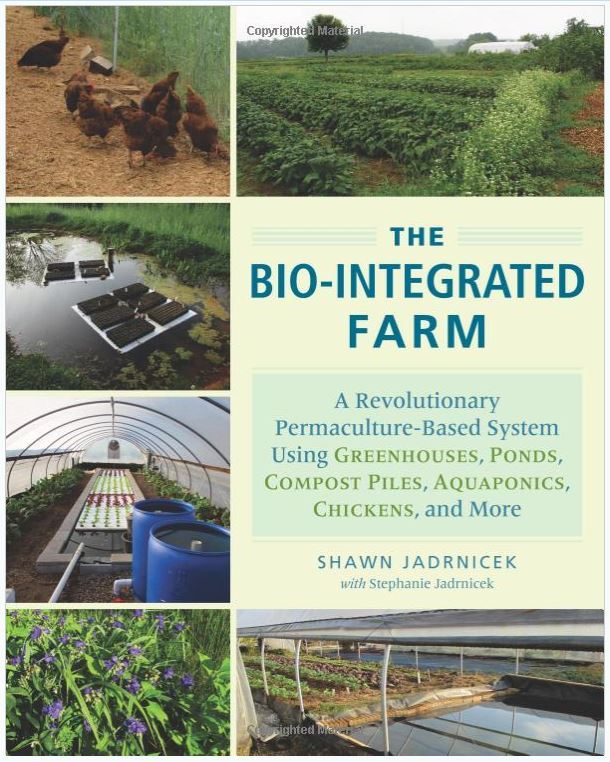
The Bio-Integrated Farm: A Revolutionary Permaculture-Based System Using Greenhouses, Ponds, Compost Piles, Aquaponics, Chickens, and More
Seaberry is a pain for humans, but chickens are happy to work for the berries. As a dense, spiky plant it makes a great living fence and it has the benefit of being a nitrogen fixer, so heavy-bearing plants placed alongside it can reap all kinds of benefits, from fertilizer to protection from deer and humans, to less wind.
We can replace our just-showy shrubs with vitamin-packed blueberries, honeyberries and aronia and still get explosions of color twice a year, but also get human and livestock food and increased pollinator presence by tailoring our plantings so there’s always something for them.
If we already have a patio bed or sidewalk we past nearly daily, that’s a great place to put our berries and greens that so quickly go from perfect to squishy or tough and bitter. We can easily intermingle them with our annual and perennial herbs and flowers to maintain a pretty space.
Using a bed near a house or building also allows us to quickly and easily attach porous lines to our downspouts or water barrel overflows, directing even short, light rains to water-needy plants like greens and tomatoes.
Plants, plants & more plants … always with the plants
In my defense, plants are the fastest, easiest way for absolutely everybody at every skill and scale to increase their resilience, and they tend to offer almost as many functions as a chicken – without the noise. However, we can stack functions with abiotic things as well.
If the bane of my existence is mowing and I have downhill spots in my yard that turn into swamps every time it rains, I can solve two of my problems by deep mulching uphill – using landscape fabric. The mulch not only limits how much I have to mow, it also slows, spreads, and absorbs some of the rain, increasing infiltration and requiring a little more rain to fall before I have to jump the Niagara on the way to my car or mail in the morning.
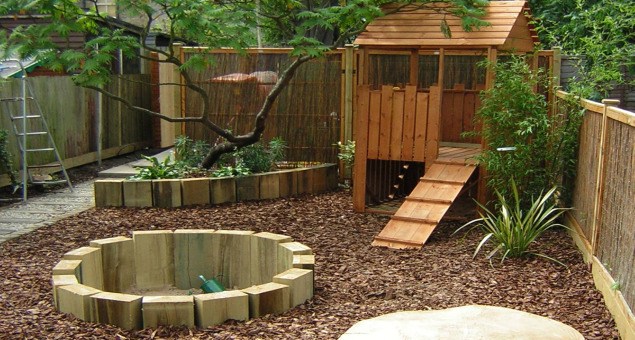
I can also deeply mulch a play area so I can still kick the kids out when it’s been raining. And if it’s deep enough, children and animals are less likely to break a bone when falling off a slide, swing or tree branch.
Either mulched area is also a non-muddy staging ground for repairs and projects, harvest sorting, training, and all kinds of gatherings.
My quad isn’t just for recreation. It’s not even just deer- or harvest-season transportation and hauling. My quad also has a hitch that turns it into a furrowing plow, disker, seed spreader, and winnowing rake.
A rocket stove and thermal-mass heater can heat my pot of water now, have a cavity and lid that acts like an earthbox/slow-cooker and a cabinet to serve as an old-school warming box, be shaped into a lounger, slowly dissipates and keeps my house nice and toasty, and with embedded plumbing can have additional water right there still hot or warm for a hand wash or a faster mug of tea. A coil of hose in a greenhouse ceiling can provide some of the same benefits.
Stacking Functions – Elements to Areas
We can tailor non-living things to provide more and less shade, take advantage of sun, wind and rain or protect from wind and rain, and we can make purchases with an eye to multi-functionality (like a kiddie pool that will double as water catchment, a chick brooder, or a tarp). However, usually when we talk about stacking functions, we’re talking about productive spaces as a primary goal. If you want to eat it, it’s usually a plant or animal.
Those plants and animals can do a lot of jobs for us even if we look at them as just individuals and spread them out across a conventional homesteading site plan. When we start combining them into groups and when we start cramming them into small spaces, we can gain a lot of benefits. We’ll look at some of the ways various plants and animals can benefit each other or us by sharing space in an article that deals specifically with multi-function areas and guilds.
You don’t have to buy into any woo-woo-ology or being “green” to reap the benefits of some of the concepts to come out of environmentally friendly growing methods and lifestyles.

